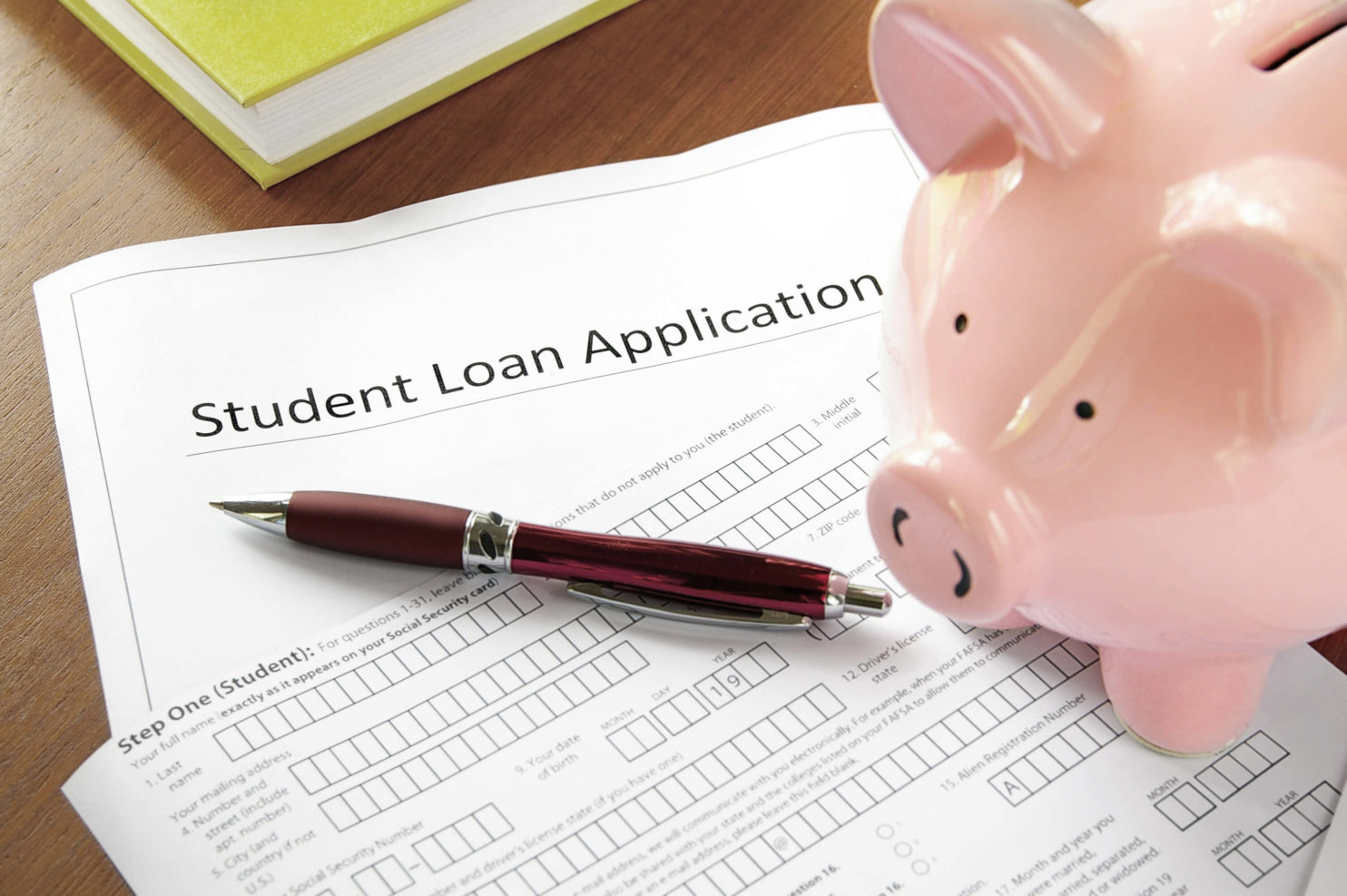Wouldn’t it be great to have enough money — whether scholarships, grants, income or savings — to cover all the costs of college? Unfortunately, with the sky-rocketing cost of college, this is not the reality for most families. To fill this gap, many turn to student loans. This then begs the question of which loan is best.
For students, the choice is pretty simple: the Federal Direct Student Loan program offers low interest rates and the most flexible repayment terms for students. Current students will pay a fixed rate of interest of 4.53% over the life of the loan, and an origination fee of approximately 1.06%. The standard repayment term is 10 years but when it’s time to start repaying the loans, students may pick from several flexible repayment plans, some based on the student’s situation.
Direct student loans are easy to get – as long as the student follows the government’s process. All students, no matter their family’s income, qualify for a Direct Student Loan. Students from low-income families may be eligible for Subsidized Direct Loans with the benefit of having the government pay interest on the loan while the student is in school. There are two catches: (1) to qualify for the Direct Loan and other types of federal student aid, students MUST file the FAFSA, which is available October 1 for the next academic year. (2) The federal government caps the amount a student may borrow based on their year of study. First-year students may borrow up to $5,500; 2nd year, $6,500, and 3rd and 4th-year students may borrow up to $7,500/year.
Federal loans are often packaged as financial aid, but it’s important to remember that they are not free and will need to be repaid with interest.
If a student does not file a FAFSA or needs to borrow more than they qualify for in federal loans, they may choose to borrow from a private lender such as a credit union or bank. Unlike federal loans, private student loans require a student to get approved based on their credit history and other factors. Few undergraduates meet private lender requirements on their own. Instead, students are encouraged to apply with a credit-worthy cosigner, often a parent or guardian.
Parents who want to borrow to help their children pay for college can also explore using a Parent Plus loan or a private student loan. The federal government’s Parent Plus Loan Program permits parents to borrow up to the full amount of their child’s unmet need with a minimal credit requirement of “no adverse credit history.” The current interest rate is 7.08%, with an origination fee of approximately 4.24%.
Some private student loan lenders offer a parent loan. The difference is the loan is in the parent’s name rather than the parent cosigning a loan that is in the student’s name. The interest rate is based on the parent’s credit profile with stronger credit ratings being offered lower interest rates. Oftentimes, applicants with very good to excellent credit histories will be offered loans without fees and interest rates that are lower than the federal PLUS program.
No matter who is borrowing, parent or student, and which program is accessed, federal or private, borrowing as little as possible is key. Equally important is ensuring that the required loan payment will be manageable before signing on the dotted line. A good rule of thumb is to borrow no more than the average starting salary for students with [it appears that this sentence is incomplete]
For more information on the federal student loan rates, terms and loan amounts, click here.
